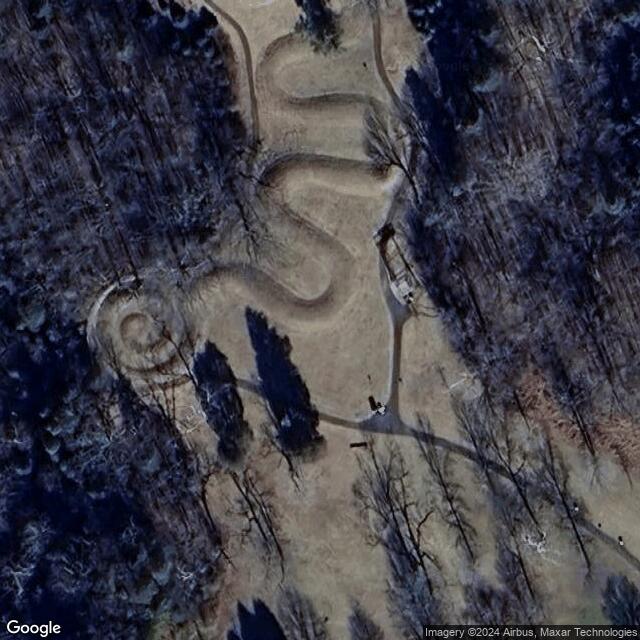
Serpent Mound Historical Site OH
Motorcyclist Map

Places Filter: Historic
View In Google Maps: https://goo.gl/maps/pc11n9gAQh82UugGA
Description: The Serpent Mound Historical Site is a prehistoric effigy mound located in Adams County, Ohio. This ancient earthwork is one of the most well-known and significant prehistoric effigy mounds in North America, believed to have been built by Native American cultures. Key features and significance of the Serpent Mound include: Structure and Design: The mound is shaped like a serpent with an undulating body, a coiled tail, and an oval-shaped head. The entire effigy measures approximately 1,348 feet in length and varies in height from 1 to 3 feet. The design suggests astronomical alignments, as certain parts of the mound correspond with the summer solstice sunset and the winter solstice sunrise. Cultural and Historical Context: The exact origins of the Serpent Mound are still debated among archaeologists. It is generally attributed to either the Adena culture (circa 1000 BCE to 200 CE) or the Fort Ancient culture (circa 1000 to 1650 CE). Artifacts found in the area suggest a connection to these mound-building cultures, known for their complex earthworks and ceremonial sites. Purpose and Significance: The precise purpose of the Serpent Mound remains unclear, but it is thought to have had religious, ceremonial, or astronomical significance. The serpent motif is a common symbol in Native American iconography, often associated with fertility, rebirth, and the underworld. Preservation and Interpretation: The site is managed by the Arc of Appalachia Preserve System and is designated a National Historic Landmark. It includes a museum and visitor center, offering exhibits and educational programs about the mound's history, construction, and cultural significance. Visiting the Site: Visitors can explore the Serpent Mound via a paved walkway that provides an elevated view of the effigy. Informational signs along the path offer insights into the mound's design and the surrounding archaeological findings. The Serpent Mound Historical Site is a remarkable example of prehistoric engineering and artistry, providing valuable insights into the cultural and ceremonial practices of early Native American societies. It continues to intrigue scholars and attract visitors from around the world, highlighting the rich and complex history of the region.